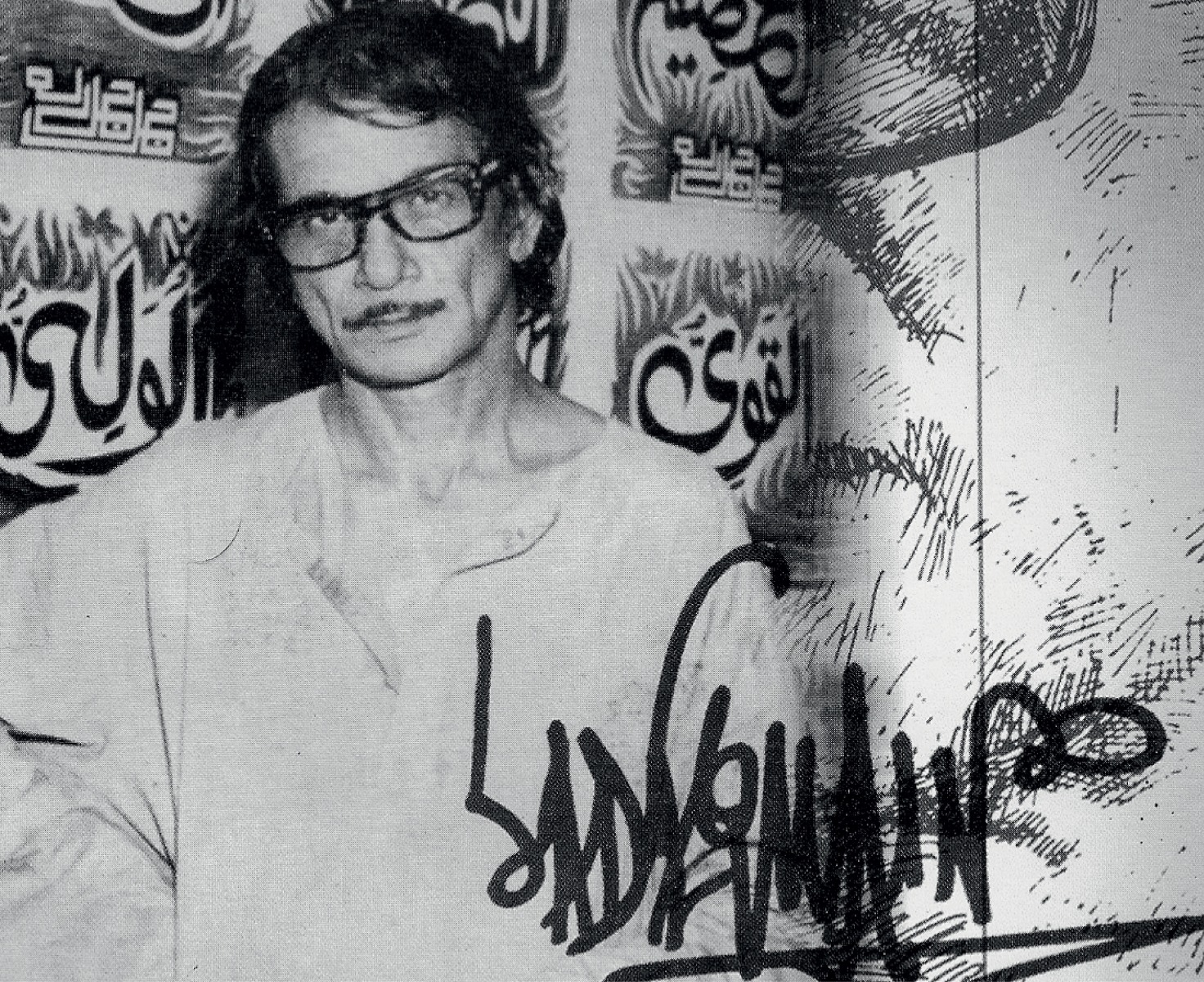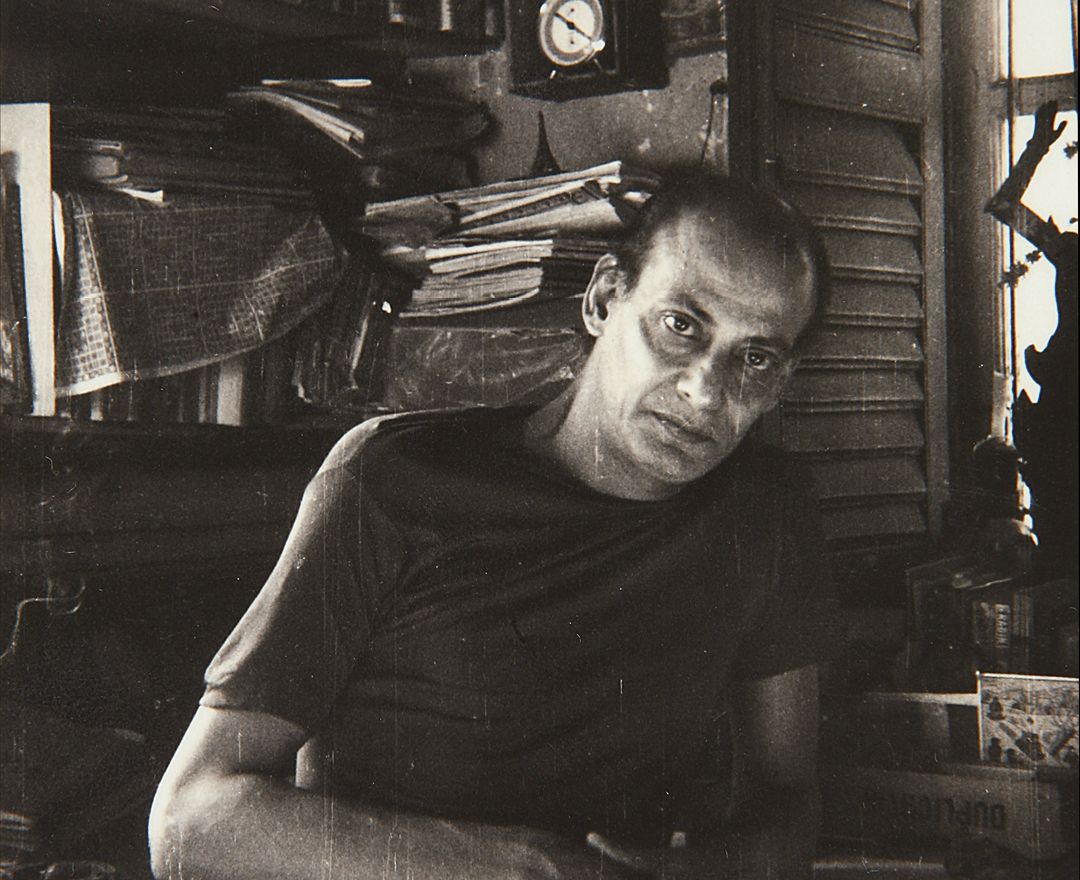Sadequain
Sadequain
Sadequain
|
1930 - 1987 Sadequain |

‘Sadequain adds up to the impression of space, density, volume and reality of matter, which transforms an abstract thought into a material fact’
RAYMOND COGNIAT
artworks
dag exhibitions
|
‘Manifestations VII: 20th Century Indian Art’ |
|
DAG, New Delhi, 2012 |
|
‘Home is a Place: Interiority in Indian Art’ |
|
DAG, New Delhi, 2021 |








